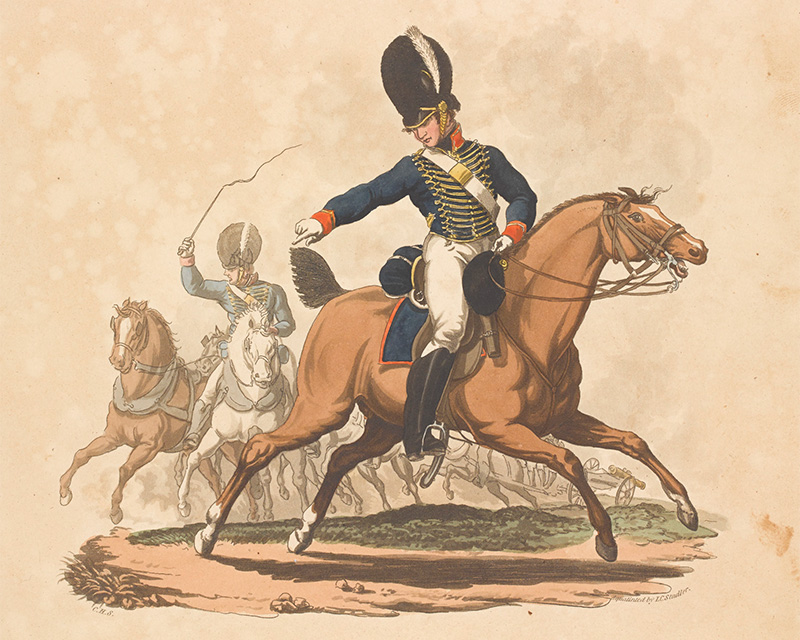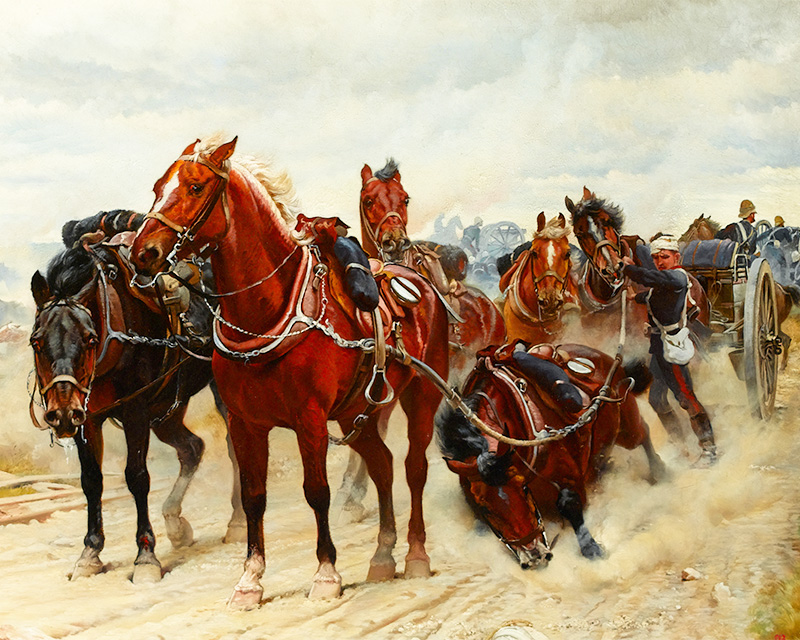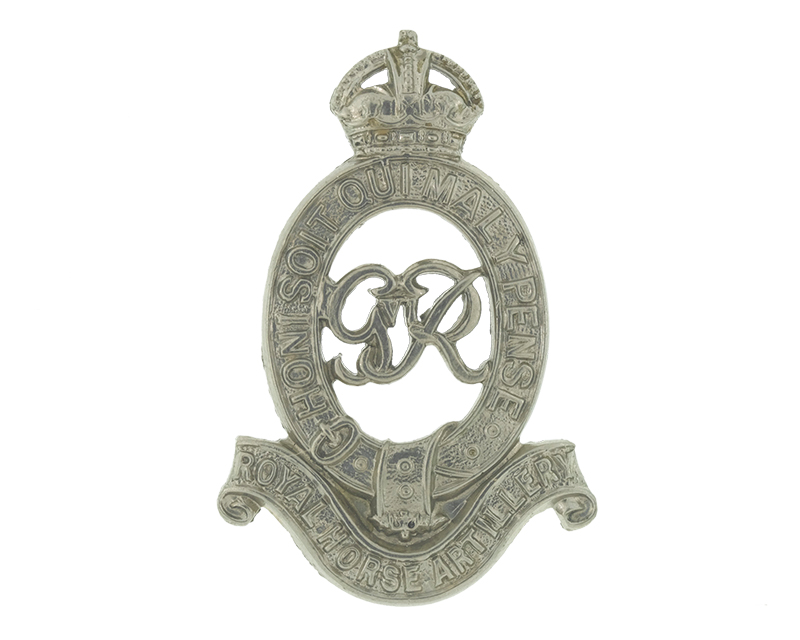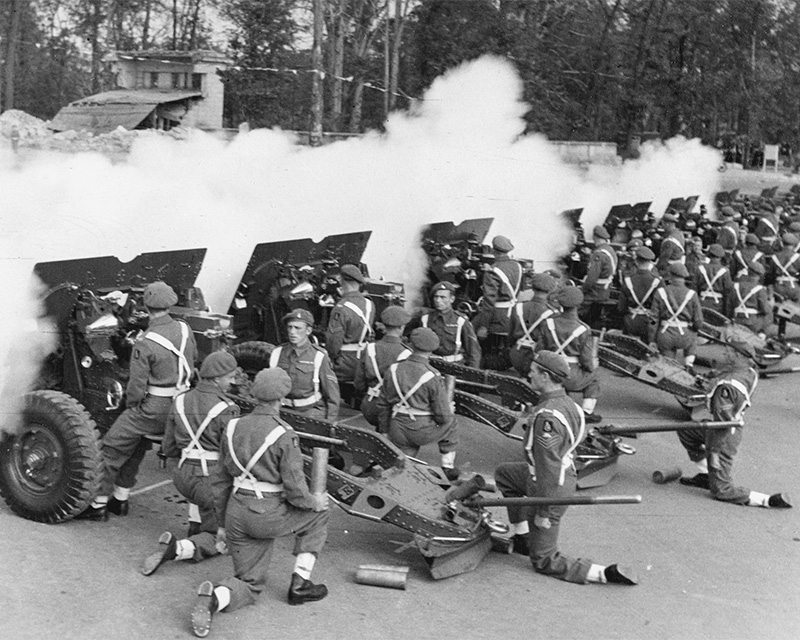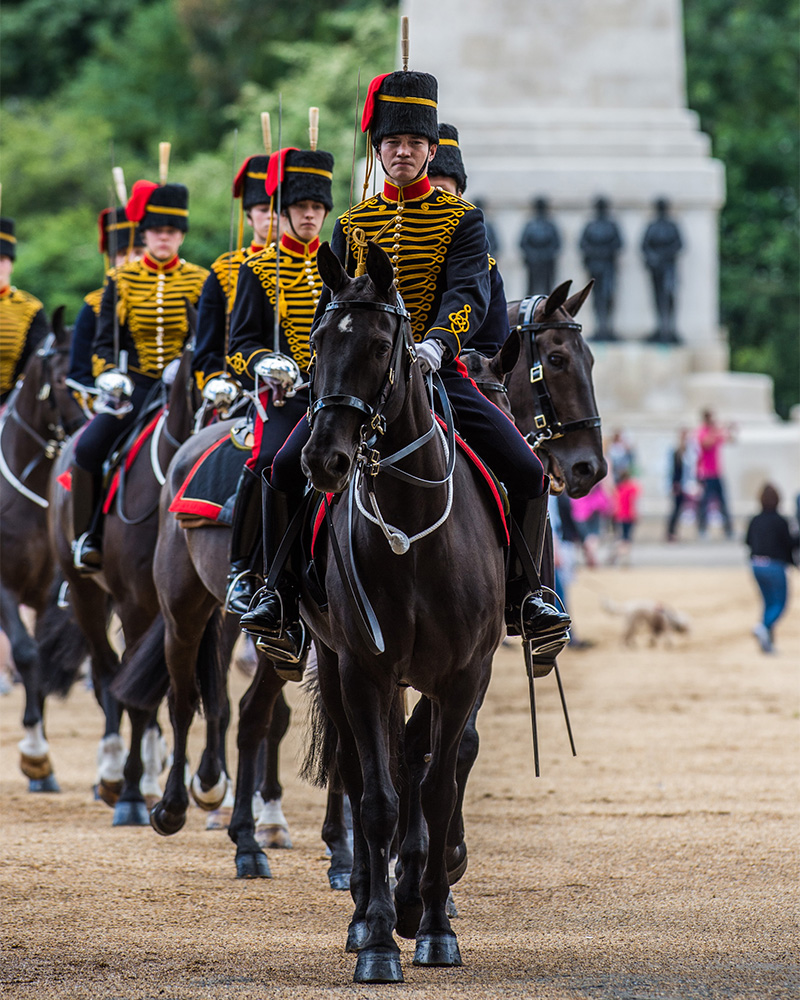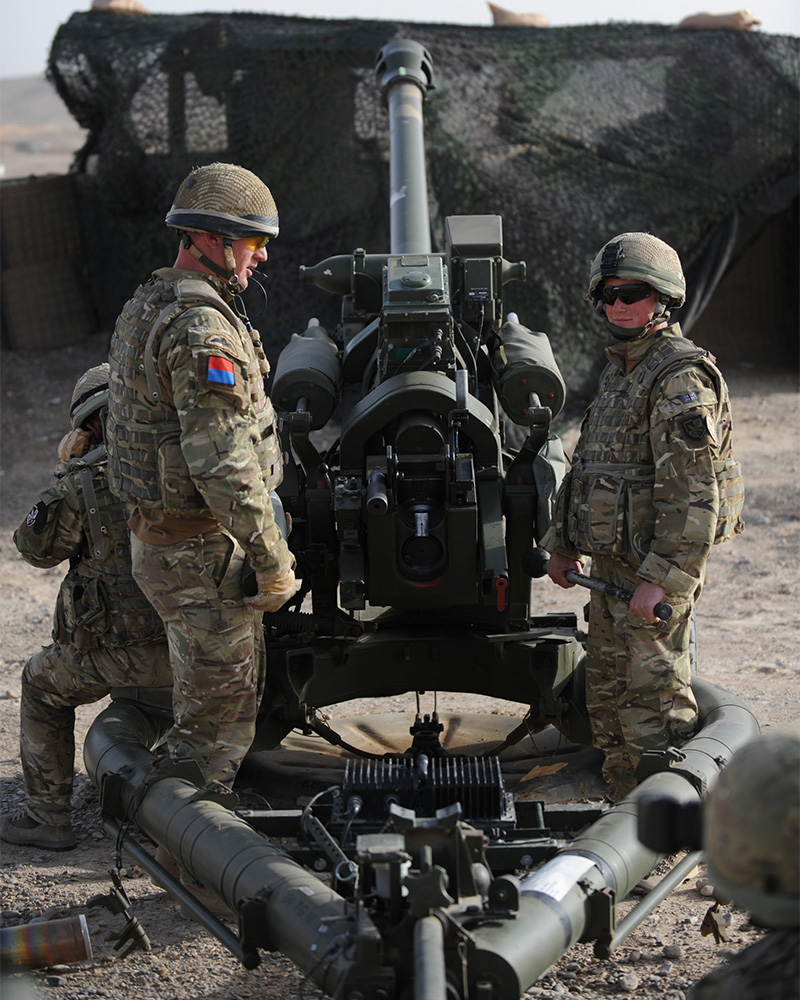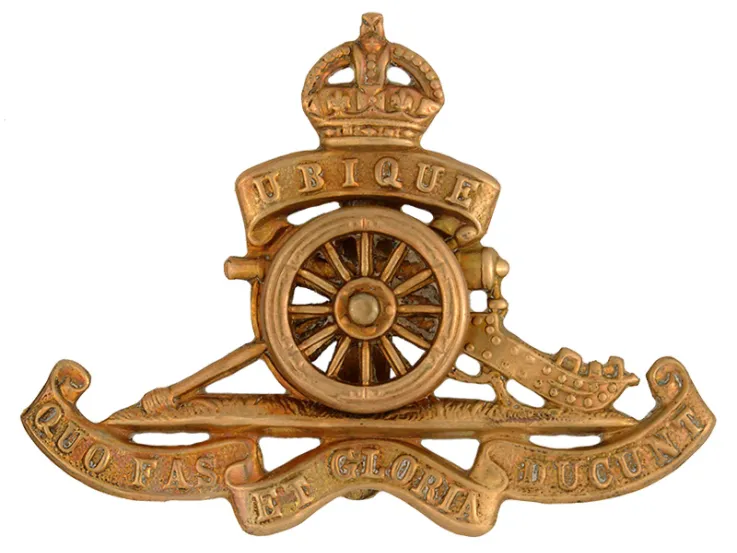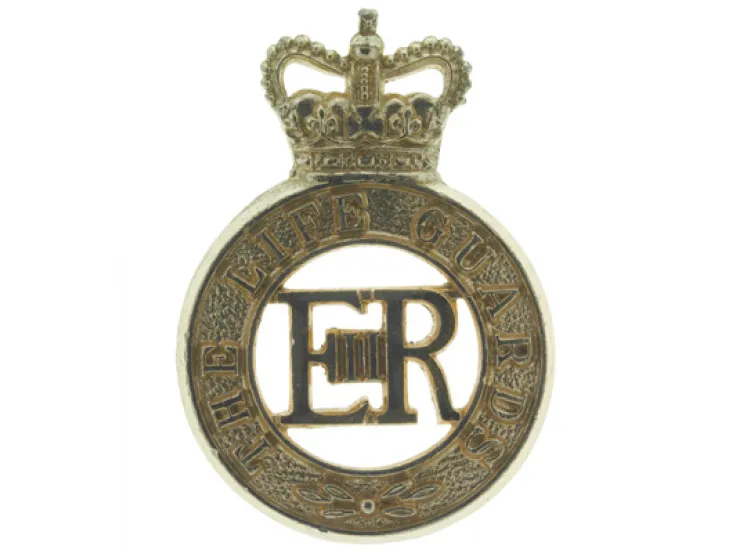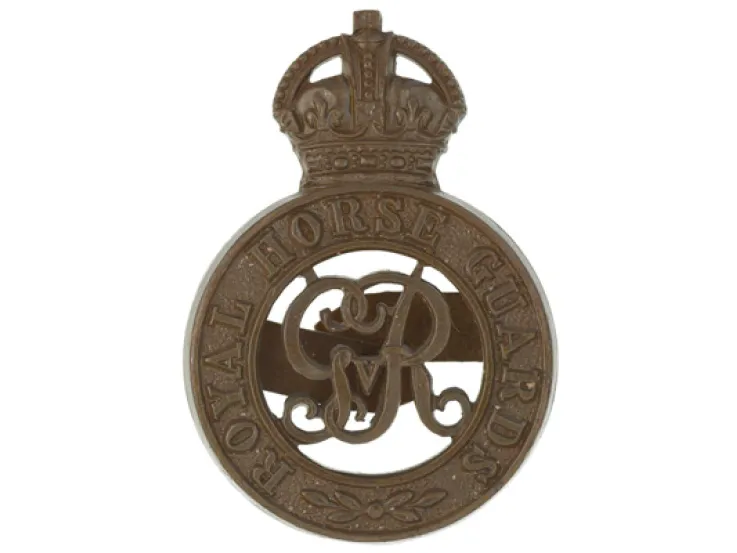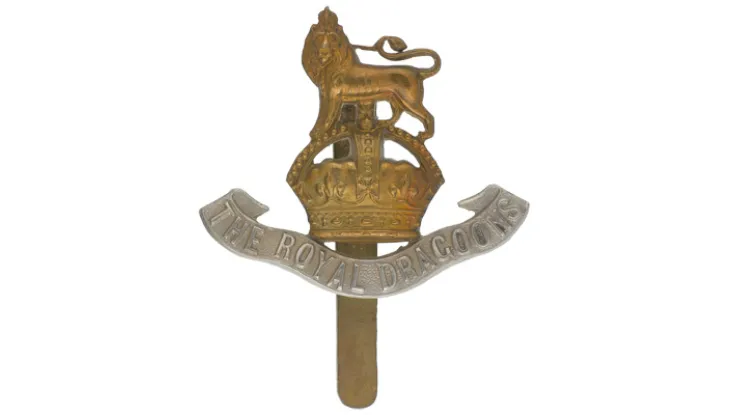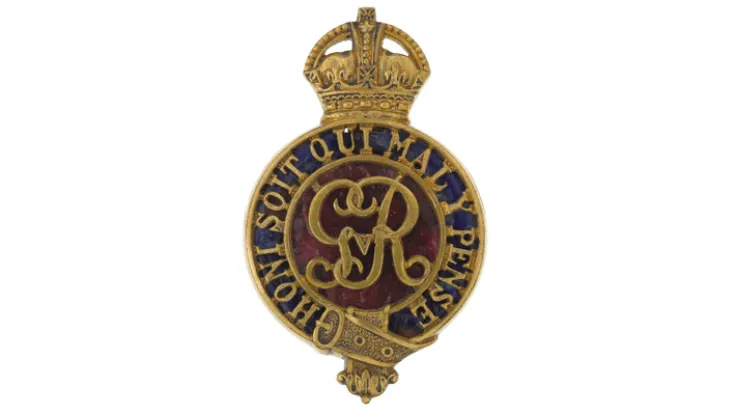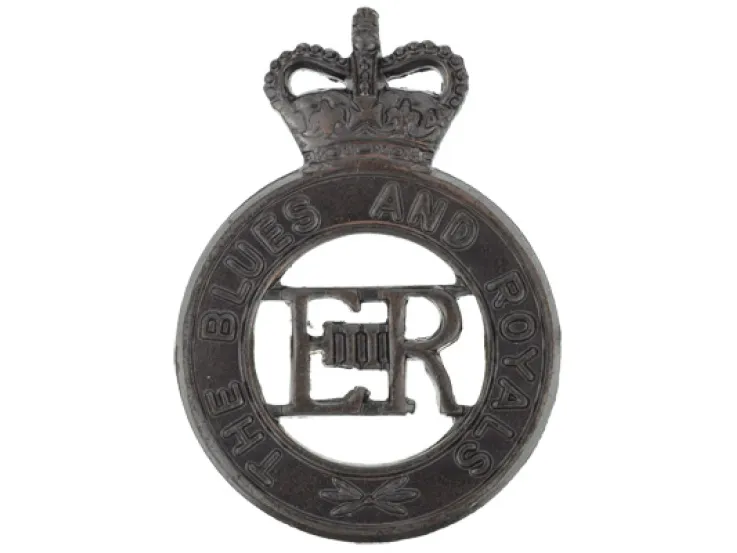Origins
In 1793, Britain declared war on Revolutionary France. Later that year, the Royal Regiment of Artillery created a mounted branch to provide mobile fire support to fast-moving cavalry units. Initially formed of two troops, this new unit was known as the Royal Horse Artillery (RHA).
Although distinct from the Royal Artillery, the RHA was still integrated with it. It was controlled by the Royal Artillery’s senior commanders and RHA officers were only posted to their troops temporarily before returning to their parent unit.
At this time, artillery was overseen by the Board of Ordnance. It wasn’t until 1855 that control of the RHA transferred to the British Army.
Deployments
The RHA fought throughout the French Revolutionary Wars (1793-1802) and the Napoleonic Wars (1803-15). This included overseas service in the Netherlands, South America and the Iberian Peninsula. Since then, it has been deployed globally during many of the British Army's major campaigns.
By 1811, the RHA had grown to 14 troops. In 1862, it expanded further, after absorbing some of the horse artillery regiments formerly under the command of the East India Company.
In 1899, the Royal Artillery was split into three arms - the Royal Field Artillery (RFA), the Royal Horse Artillery (RHA) and the Royal Garrison Artillery (RGA). The RHA joined the RFA as part of the ‘Mounted Branch’, but still retained its distinct identity and cavalry support role.
During the First World War (1914-18), the RHA was expanded to meet the ever-growing demand for artillery support.
In 1924, the three artillery branches were merged back into a single regiment, although the RHA continued to retain their separate badge and identity.
Despite the mechanisation of the cavalry during the inter-war period, the RHA served throughout the Second World War (1939-45), both with armoured troops and other artillery units.
The King’s Troop
The King’s Troop is the only remaining mounted unit of the RHA. It has a predominantly ceremonial role, which includes the firing of royal salutes on state occasions. It played a leading role during the State Funeral of Queen Elizabeth II in 2022.
Formed as The Riding Troop in 1946, it was renamed the following year, after an inspection by King George VI. When Queen Elizabeth II succeeded her father in 1952, she decided that it should retain his title rather than becoming The Queen’s Troop.
The King’s Troop takes the lead when parading with its guns at ceremonial events, like Trooping the Colour, despite the Household Cavalry being first in the Army’s order of precedence.
Legacy
Alongside the King’s Troop, three other RHA units remain in operation. Most of these were composed from batteries whose origins date back to the RHA’s earliest days.
1st Regiment RHA, formed in 1938, provides armoured artillery support via its self-propelled guns. 3rd Regiment RHA, active since 1939, provides light artillery and joint fire support. 7th Parachute Regiment RHA, formed in 1961, specialises in airborne artillery, providing close support to 16 Air Assault Brigade.
Regimental museums
The National Army Museum works with a network of Regimental and Corps Museums across the UK to help preserve and share the history and traditions of the Army and its soldiers.
Discover more about the Royal Horse Artillery by visiting the website of the Royal Artillery Museum.


